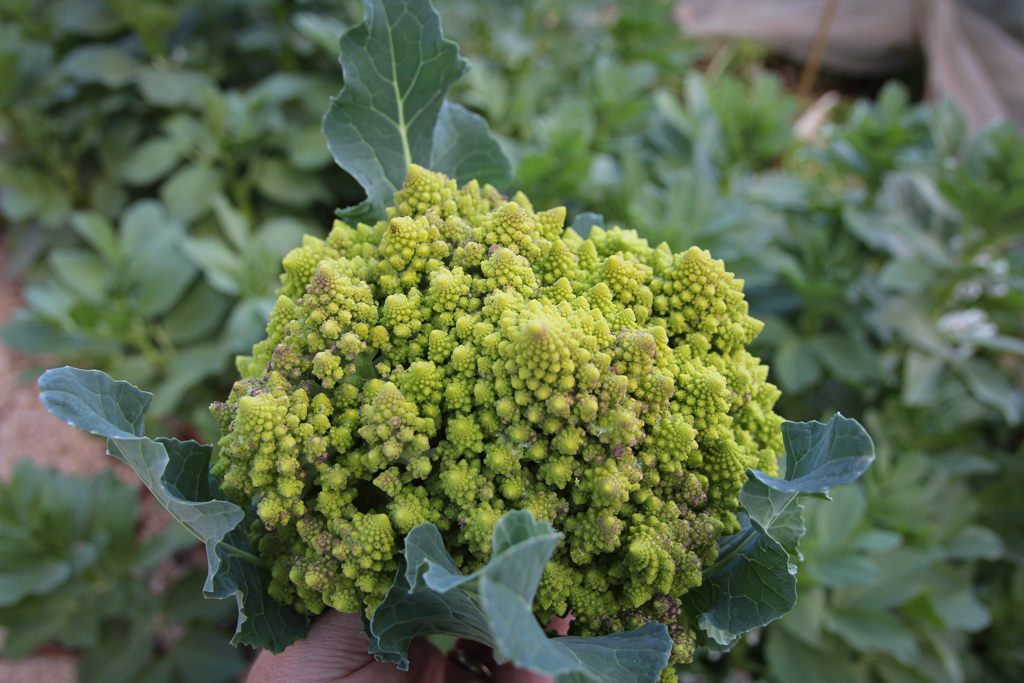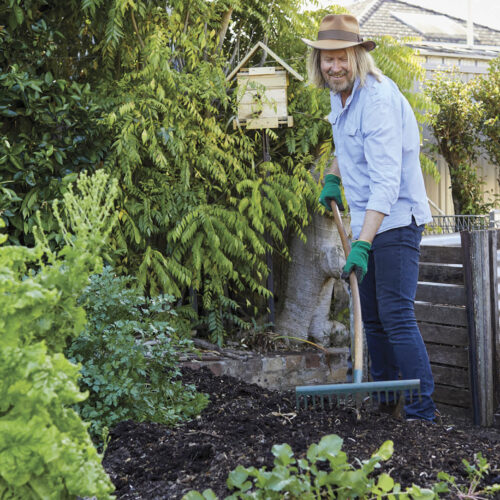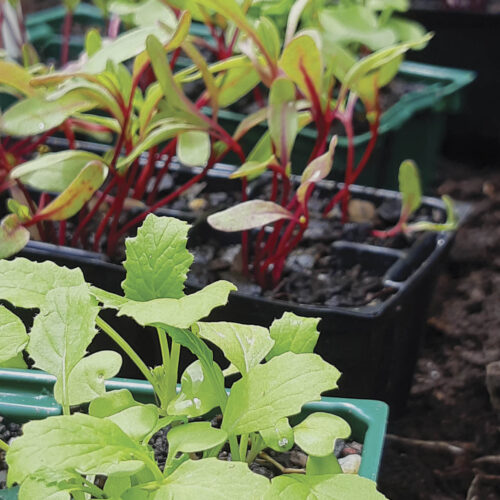Time to start planting cool season crops
2018-01-30T21:00:00+11:00
February is the ideal month to start thinking about cool season planting says Justin Russell.
February is a classic transition month. On the one hand, I’m picking basket-loads of produce every day from summer bearing crops in the prime of life. But paradoxically, I’m also turning my mind toward winter. That’s right, winter. Our first frost is barely three months away, so anything remotely summerish is going to eventually get burned. But more pressing is that growth slows dramatically as autumn dissolves into winter, so cool season crops that have a long growing season need to be planted now in order to be ready for harvest in July.
Top of my list for February planting in cool and warm temperate climates are brassicas, especially the slow growing types such as Purple Sprouting broccoli, Romanesco broccoli, cauliflower and Brussells sprouts. All brassicas prefer a slightly alkaline soil, so add lime if yours is acidic. They’re also greedy, so enrich the soil with rotted manure or chook pellets a week or so before planting. Sow seed either direct into the garden or into punnets for transplanting.
It’s also a good month to plant leeks, beetroot and peas, as well as members of the carrot family. These seeds are notoriously slow to germinate, but in warm February soil you should have seedlings emerging within a fortnight. Try carrots, parsnips, Florence (bulb) fennel, and parsley. Hold out for next month to plant coriander and celery.
Subtropical climates cool down a lot slower than temperate zones, which means you still have plenty of time to get in warm season crops. Try tomatoes, corn, zucchini, basil, bush and climbing beans and cucurbits such as zucchini, pumpkin and watermelon. If you’re in a frost free climate, plant capsicums, eggplants and chillies. With protection from a frost cover on cold nights, you should be able to grow these plants for a few years as short lived perennials.
For those of you in arid/semi-arid zones, your February planting schedule really depends on the arrival of your first frost. If it’s due in May or early June, avoid planting anything cool season crops or cold sensitive and concentrate on the vegies listed for temperate zones. If your garden is mostly frost free, use the subtropical list as a guide.
In the tropics, the next burst of the monsoon is due this month. You might have time to get some corn, chillies, basil, pineapple, snake beans, capsicums and taro planted before it gets wet.






